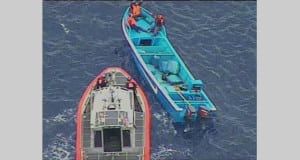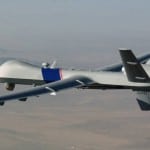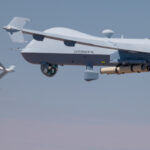
The Coast Guard has issued a Request for Information (RFI) for detect and avoid and other technologies for airspace domain awareness to enable beyond visual line of sight operations for small unmanned aircraft systems (UAS) in the maritime environment and allowing them to operate at longer ranges. The RFI was released on Wednesday by the Coast Guard’s Research and Development Center (RDC) and will allow the service to examine the feasibility, costs and benefits of vehicle and ground-based technologies that…

 By
By 











